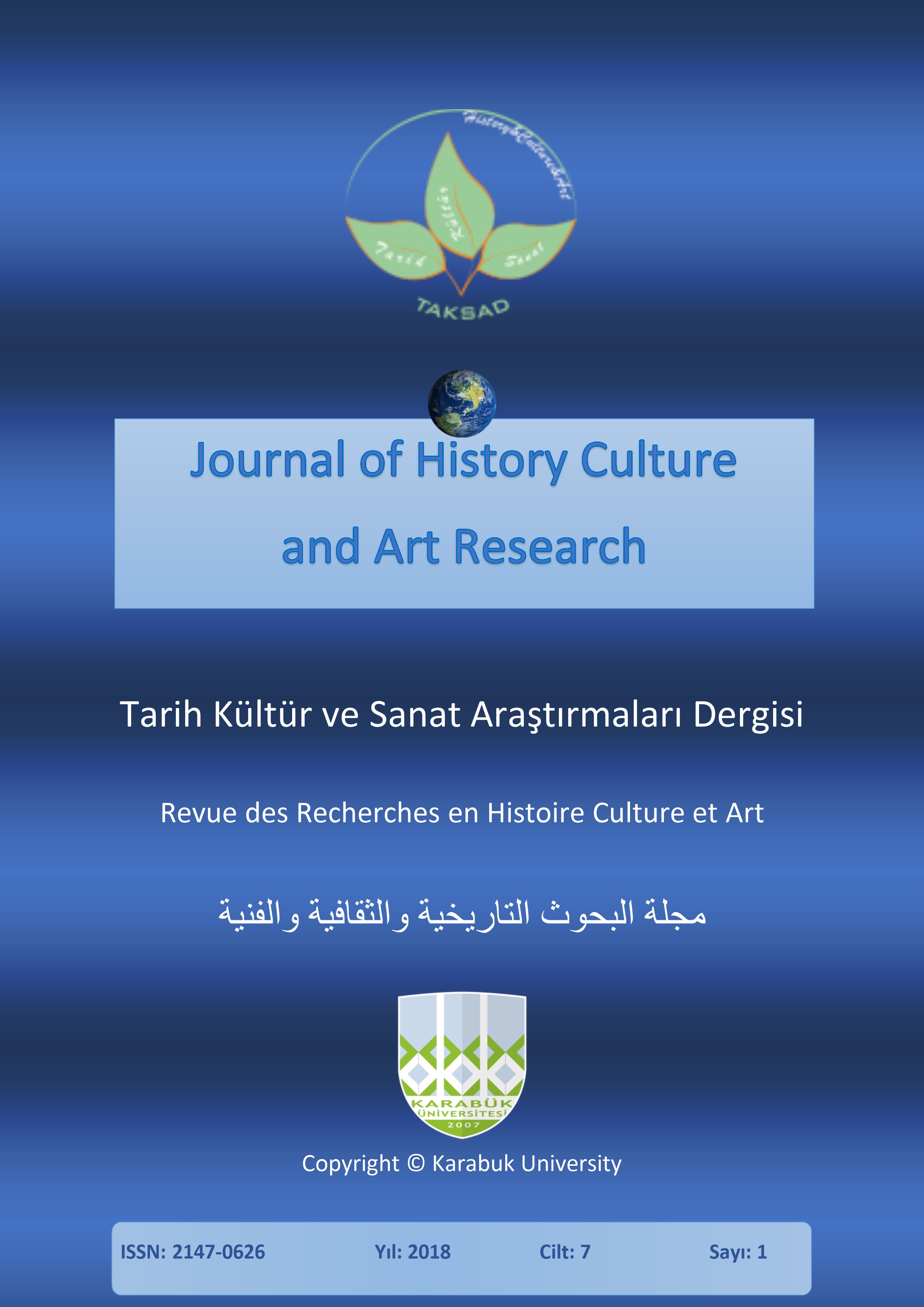The Nature of Time in Multimedia Installations (With Emphasis on the Works of Doug Aitken and Ilya Kabakov)
DOI:
https://doi.org/10.7596/taksad.v7i1.1444Keywords:
Time, Multimedia installation, Multimedia art, Doug Aitken, Ilya Kabakov.Abstract
The multimedia Installation with the use of two or more different media of art, while creating an atmosphere to remove the audience from its passive mode, has a different way of dealing with the time problem than before. The purpose of this paper is to identify the element of time in multimedia presentations, with emphasis on the works of two artists, Doug Aitken and Ilya Kabakov. In order to achieve this goal, the conceptual framework and methodology of this analysis is based on the Göttfried Boehm and G. E. Lessing approaches. The nature of time in multimedia Installations is the issue of the present study. The results of this study showed that multimedia Installations seek to break the linear narrative of time. Doug Aitken, in his Installation, creates a sense of time-insensitivity using cinematic techniques such as slow motion, fast motion and repetition of sequences. While Ilya Kabakov offers a series of components related to individual life against the lens of time. In the works of both artists, a new understanding of the time is created for the audience to have successive and concurrent readings.
References
Alexander, Samuel (2000). Spinoza and Time, London, 1921, Reprinted in Collected Works of Samuel Alexander, Vol. 4, Bristol: Thoemmes Press.
Boehm, Gottfried (1987). “Bild und Zeit”, in Das Phänomen Zeit in Kunst und Wissenschaft, ed, Hannelore Paflik, Weinheim: VCH Verlagsgesellschaft, Acta humaniora, 1-22.
Davis, Douglas (1975). Vom Expriment zur Idee, Die Kunst des20. Jahrhunders im Zeichen von Wissenshaft und Technologie. Colongne: Verlag M.
Doherty, Brian (1976). Inside the White Cube: The Ideology of the Gallery Space. San Francisco: Lapis Press.
Fried, Michael (1998). Art and objecthood. Chicago: The University of Chicago Press
Kabakov, Ilya (1996). Søppelmannen. The Garbage Man, Oslo: Museet for samtidskunst.
Kold, Anders (2002). "Doug Aitken - kunst på kanten til verden," in Doug Aitken. Rise, ed. Michael Juul Holm and Anders Kold. Louisiana: Humlebæk.
Lucie Smith, Edward (2004). Art terms (Dictionary of Art terms). London: Thames & Hudson.
McClain, Jeoraldean (2009). Time in the visual arts: Lessing and Modern Criticism. Copenhagen: Forlaget politisk revy.
Paflik- Huber, Hannelore (1997). Kunst Und Zeit, Zeitmodelle in der Gegnwartskunst. Munich: Scaneg.
Rush, Michael (1999). New media in the late 20th century. London: Thames & Hudson.
Souri, Hamid (2013). "Look at the multimedia Reason of art". Art and Media. Tirmakh.
Twisted Sifter (Nov 26, 2014). Art Installation Suspends 80,000 Shimmering Watch Plates for People to Walk Through. URL: http://twistedsifter.com/2014/11/light-is-time-citizen-dgt-art-installation/
Wendorff, Rudolf (1987). Zur Erpahrung and Erforschung von zeit im 20, Jahrundert, “in Das phanemen Zeit in Kunst and Wissenshaft, ed, Hannelore Paflik, Weinheim: VCH Verlagsgesellschaft, Acta humaniora, 65-88.
Downloads
Published
How to Cite
Issue
Section
License
All papers licensed under Creative Commons 4.0 CC-BY.- Share — copy and redistribute the material in any medium or format
- Adapt — remix, transform, and build upon the material for any purpose, even commercially.
Under the following terms:
Attribution — You must give appropriate credit, provide a link to the license, and indicate if changes were made. You may do so in any reasonable manner, but not in any way that suggests the licensor endorses you or your use.
- No additional restrictions — You may not apply legal terms or technological measures that legally restrict others from doing anything the license permits.







